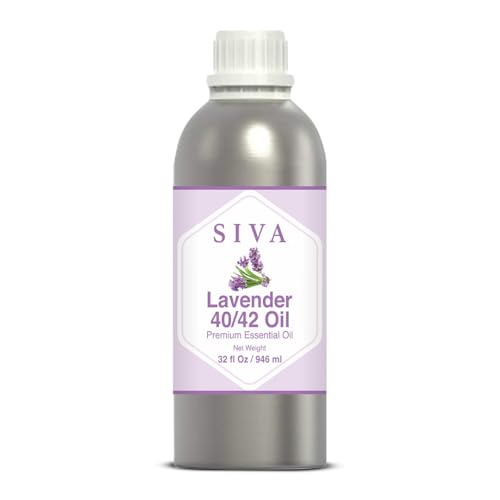Below is the text from the Fixative section of the book by Arctander, which was brought to our attention earlier in this thread by
@cherrybleach . Very helpful!
"Fixatives.
In perfumery, a Fixative literally means a material which slows down the rate of evaporation of the more volatile materials in a perfume composition. There are several types of fixative (alsocalled “fixers”):
1) The true fixatives:
These are materials which ****** the evaporation of the other components of the perfume by distinct physical effect. Their effect is that of an adsorption due to the high-molecular structure of the fixative. A typical example of a natural fixative in this group is benzoin.
2) The “arbitrary” fixatives:
These are odorous substances which lend a particular note to the perfume throughout all stages of evaporation. But they do not significantly influence the evaporation of other perfume materials in the composition. A typical example of a natural “arbitrary”fixative is oakmoss.
3) The exalting fixatives:
These materials act as “odor carriers” and often act also as synergists by improving,fortifying or transporting the vapors of the other perfume materials in thecomposition. The exalting fixatives may also lend a highly appreciated “wearability” toa perfume, a combination of diffusive effect and retention of the full fragrance of the perfume, slowly exhaled from the human skin to which it has been applied. Although the effect of these fixatives may be considered a physical one, it is inconceivable that the effect is due to an increase in the boiling point of, the total perfume composition. The effect of these fixatives is often obtained through the addition of mere traces with respect to quantity. Typical exalting fixatives are musk and civet.
4) The so-called fixatives:
These are odorless or almost odorless crystalline materials or viscous liquids. They are high-boiling materials, and their effect is a physical one, caused by simple increase of the boiling point of the perfume composition. Their odor, if they have any, plays a minor role. Their action is merely a stabilizing one which paralyzes the odor of the low-boiling materials. In a way they “steal” effect from the perfume, but they also conceal minor errors, misbalance or “rough corners” in the perfume. A surprisingly large number of “fixatives” from perfumery literature belong to this group. From a perfumer’s standpoint, such additions represent a direct loss of fragrance which, inturn, is an economical loss. A typical natural fixative in group #4 is amyris oil.
One perfume material can belong to one or several of the above groups of fixatives. A true physical fixation in terms of a decreased vapor pressure can never be obtained through the addition of fractions of one percent of a certain material, even if the material conforms to the specifications of group #1 of the above list."















































